Why Pollinators?
Pollinators are Critical
Without pollinators we don’t eat, and we stand to lose plant diversity. One third of our food and the reproduction of 88% of flowering plants world-wide is the handiwork of pollinators. Their efforts help produce seeds and fruit which sustains many life forms, including humans. There are 20,000 bee species in the world, and 1700 reside in Arizona! Pollinators and plant diversity are inextricibly linked. Arizona is home to 3500 plant species—the fourth highest plant diversity in the U.S. To sustain human life and plant diversity we need abundant pollinators.
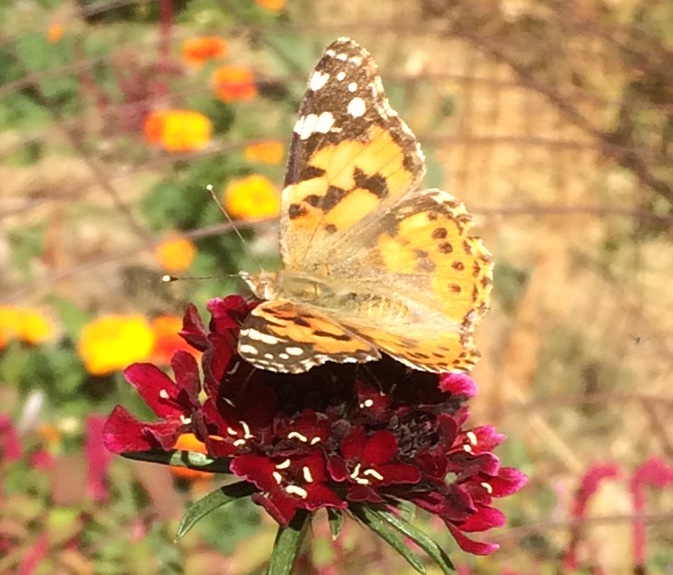
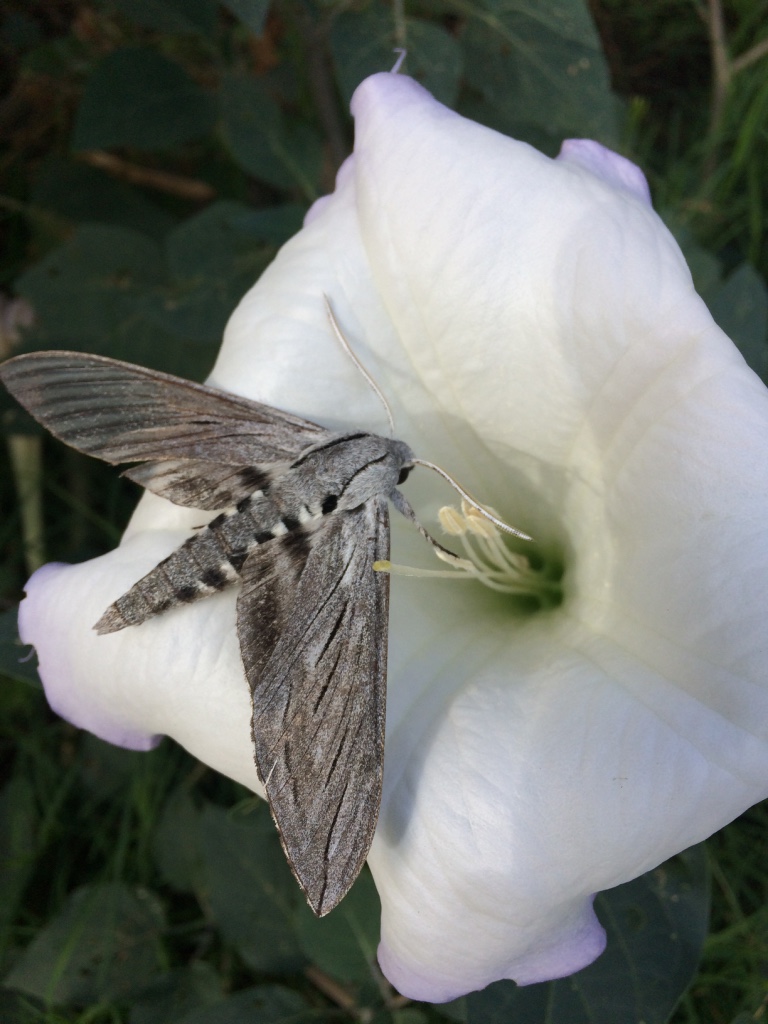
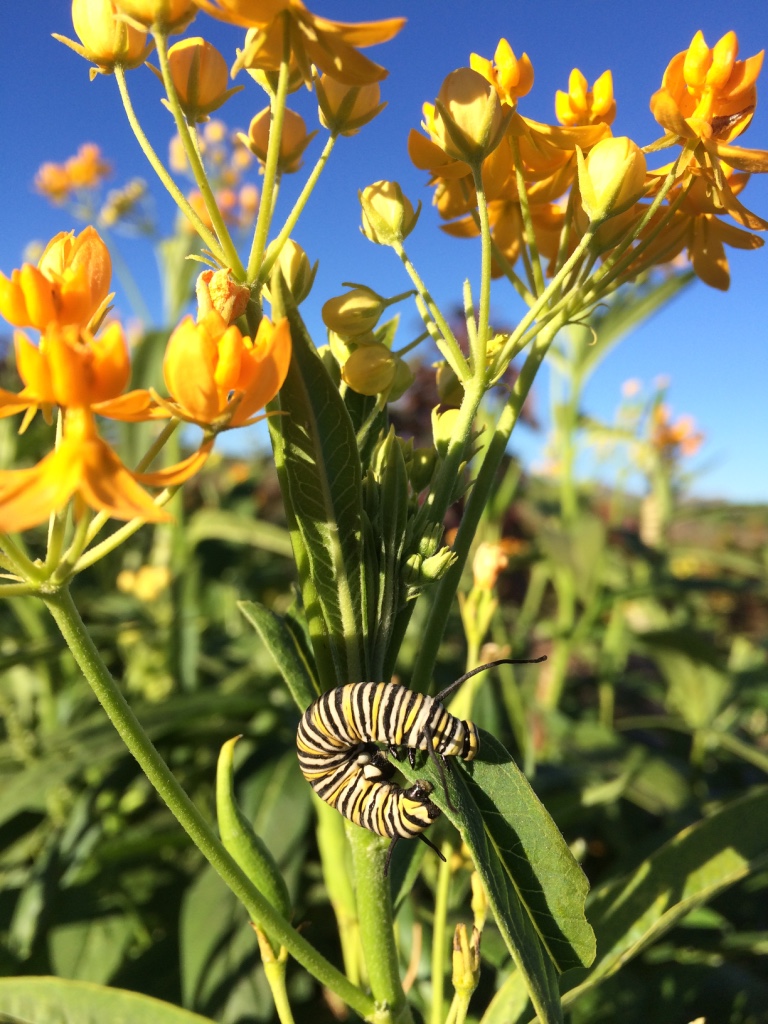
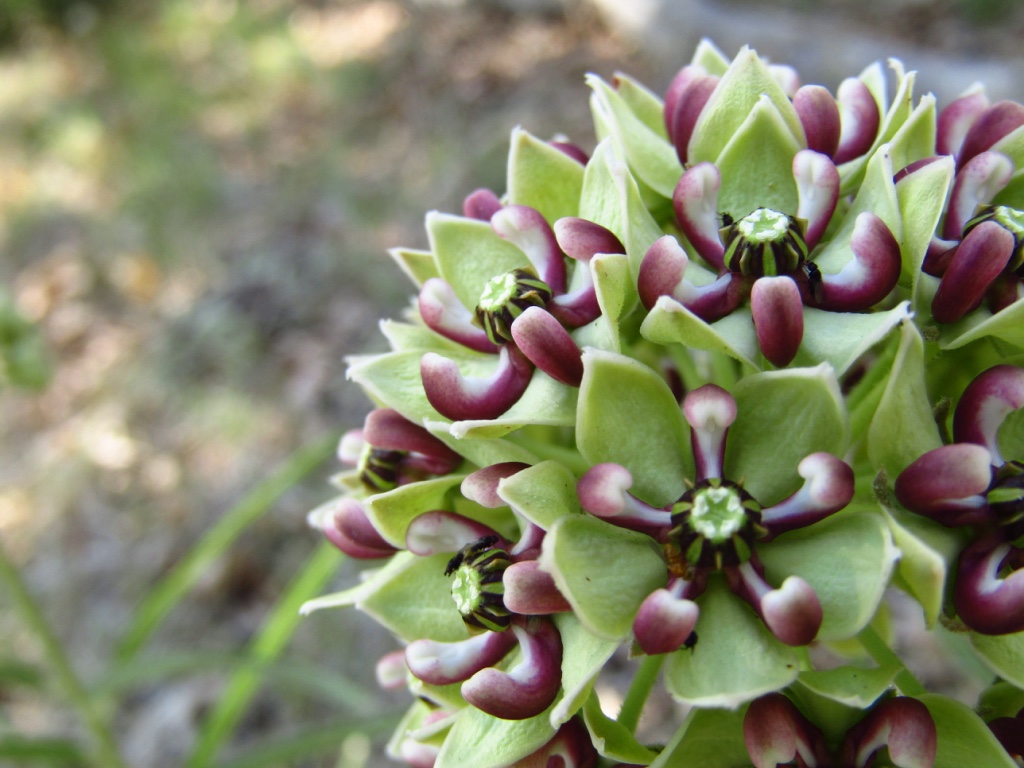

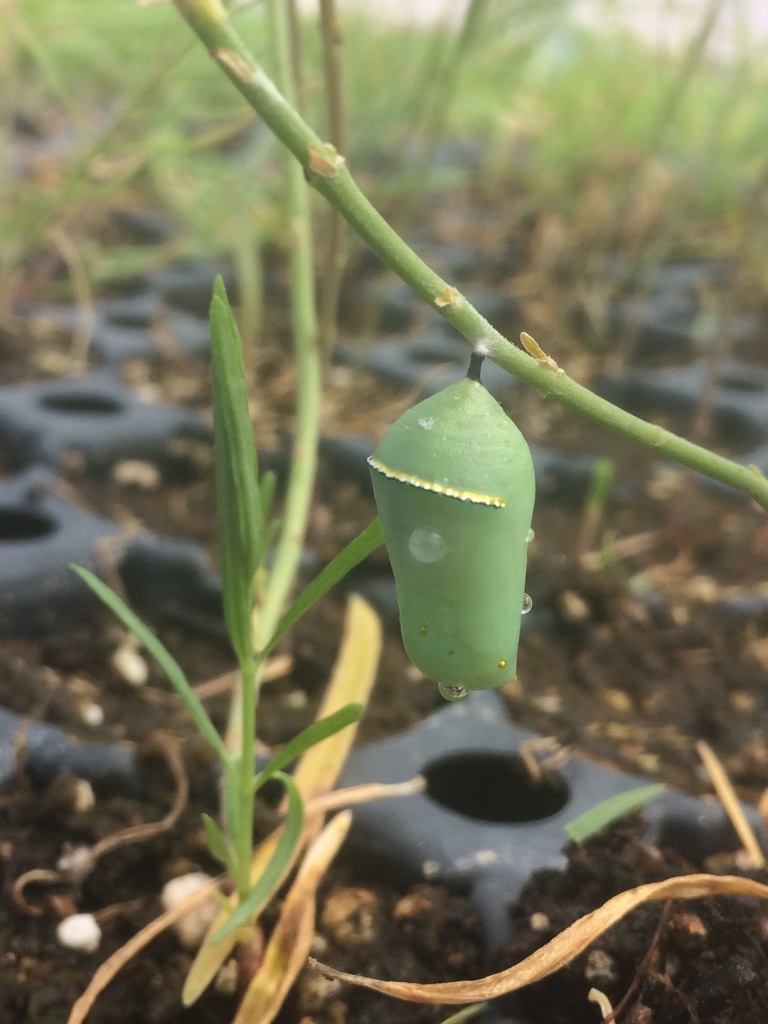
Pollinators are in peril
Yet pollinators are in decline. According to the U.S. Department of Agriculture we are losing pollinator populations due to invasive pests and diseases, exposure to pesticides and other chemicals, loss of habitat, loss of species and genetic diversity, and the changing climate.
Pollinator Garden Design
At Wild Heart Farm we swoon over flowers, and we are passionate about creating pollinator habitat to feed, shelter and provide larval food and nesting habitat. Kate has worked with a variety of private landowners and organizations to design, install and maintain pollinator waystations throughout Northern Arizona. We are committed to helping people grow the right plants to sustain a diversity of pollinators throughout the season. Contact us about designing a pollinator garden or set up a tour of ours. Visit our Farm Tour page to learn more.
Wild Heart Pollinator Garden
In 2020, we received a grant from U.S. Fish and Wildlife Partners Program through Friends of Verde River to create a giant pollinator garden on the farm comprised of many mini islands the different zones. It was literally a labor of love and many tears were shed in the process, and the project brought together so many old and new friends.

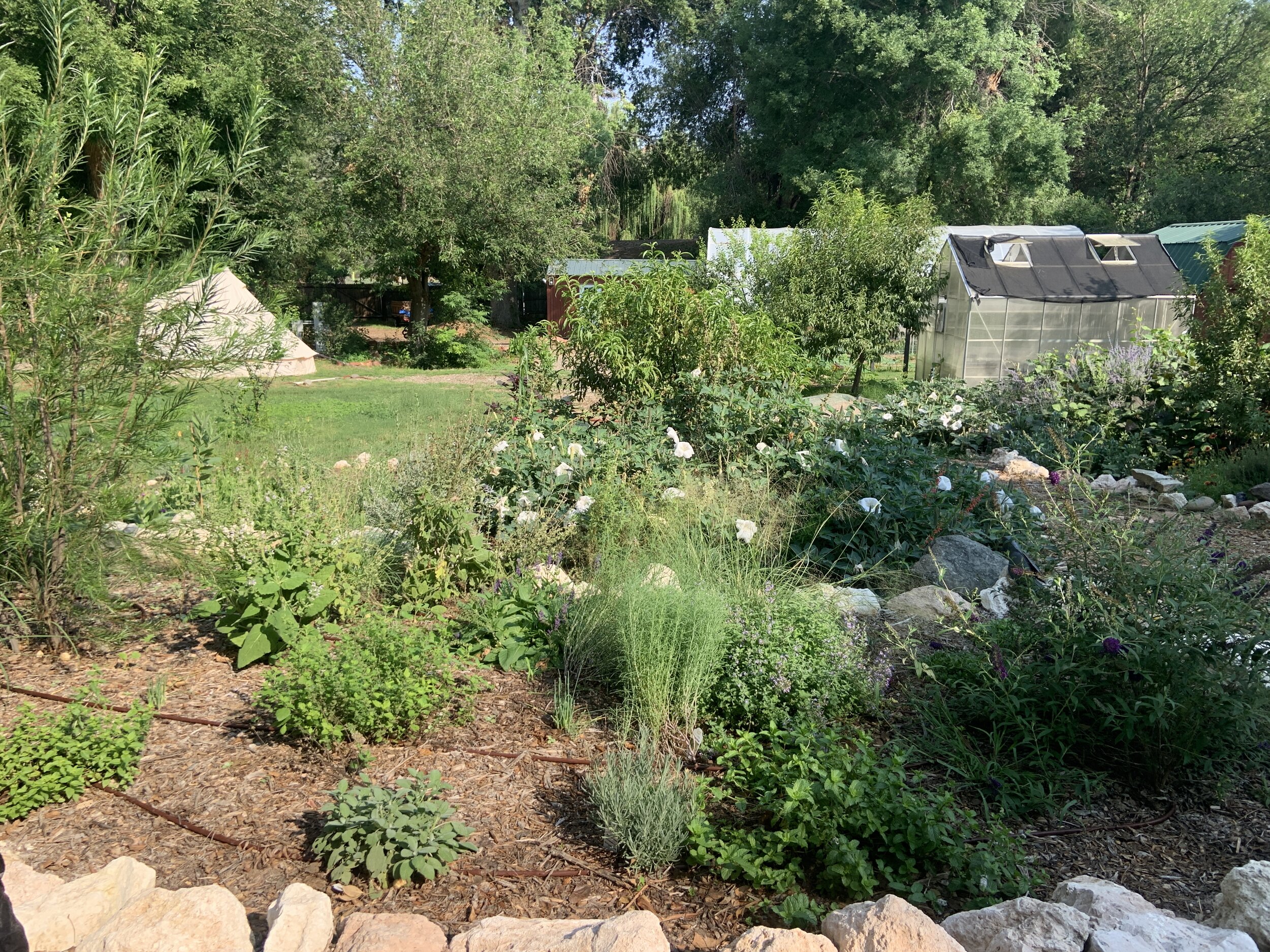
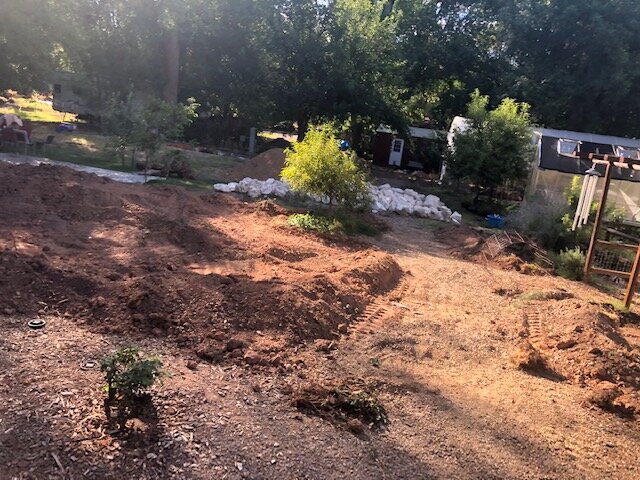

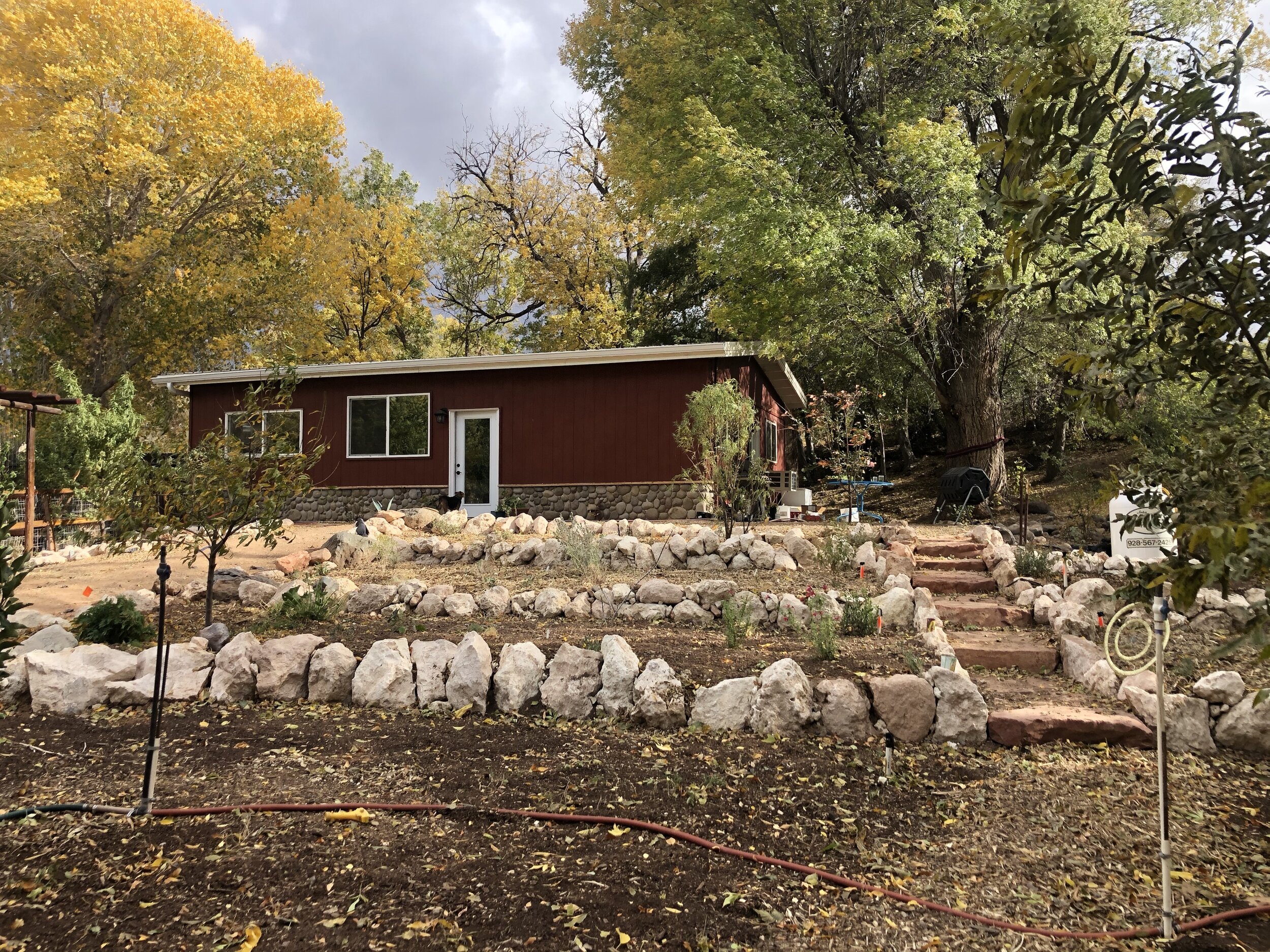
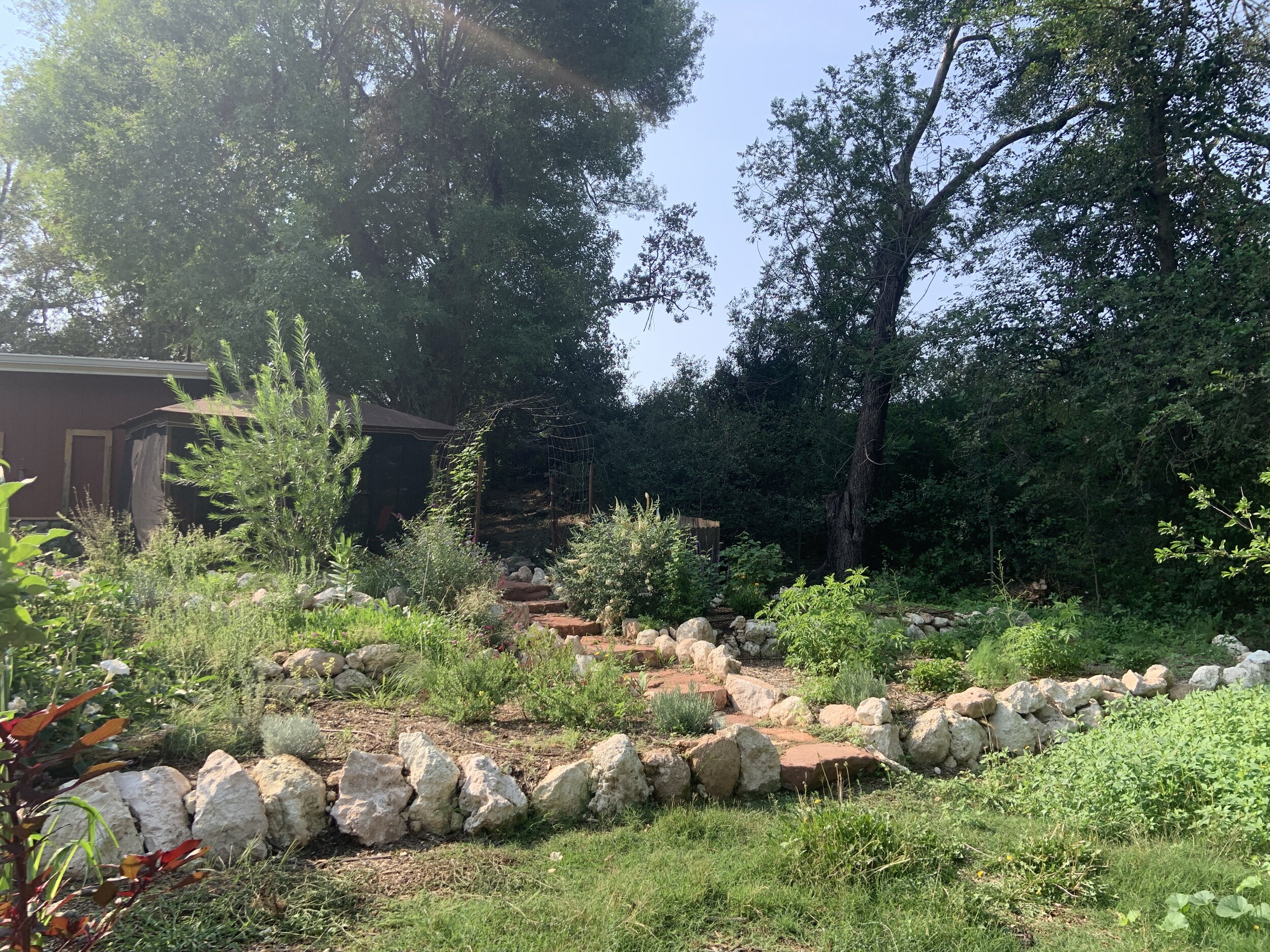

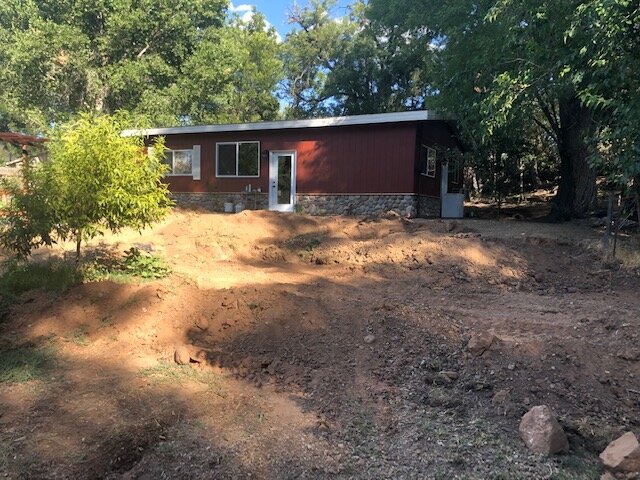
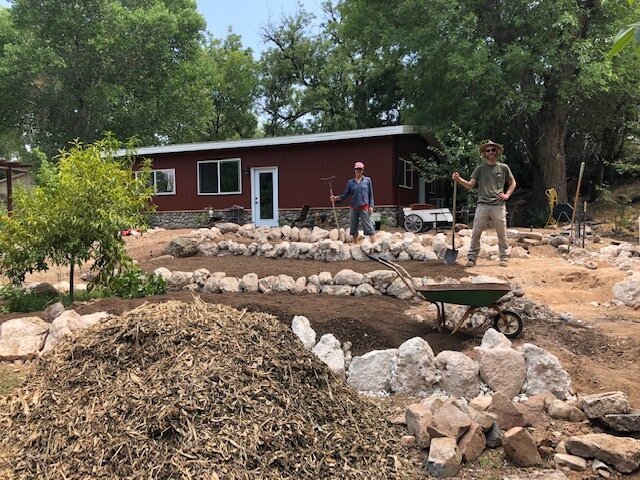


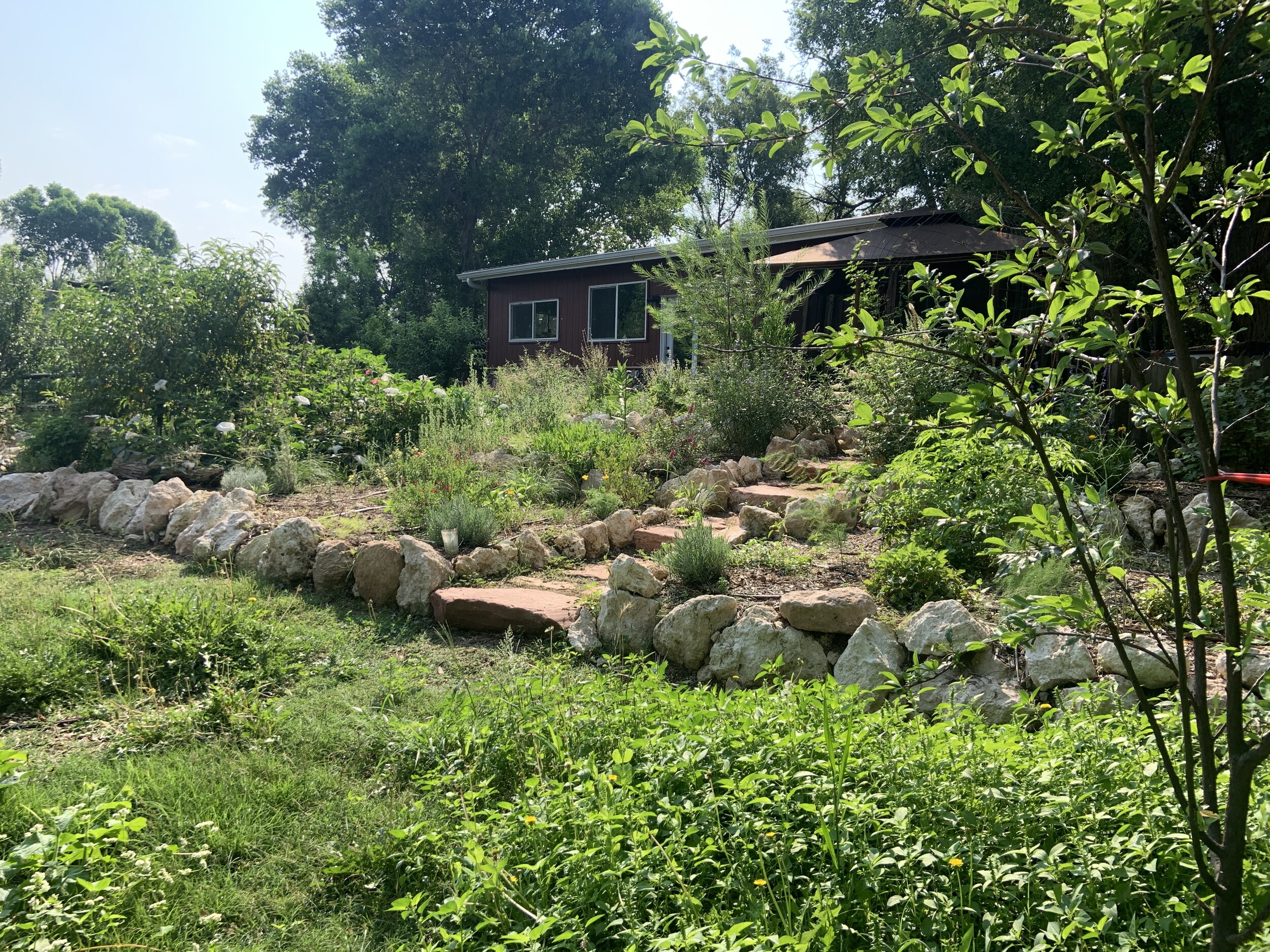
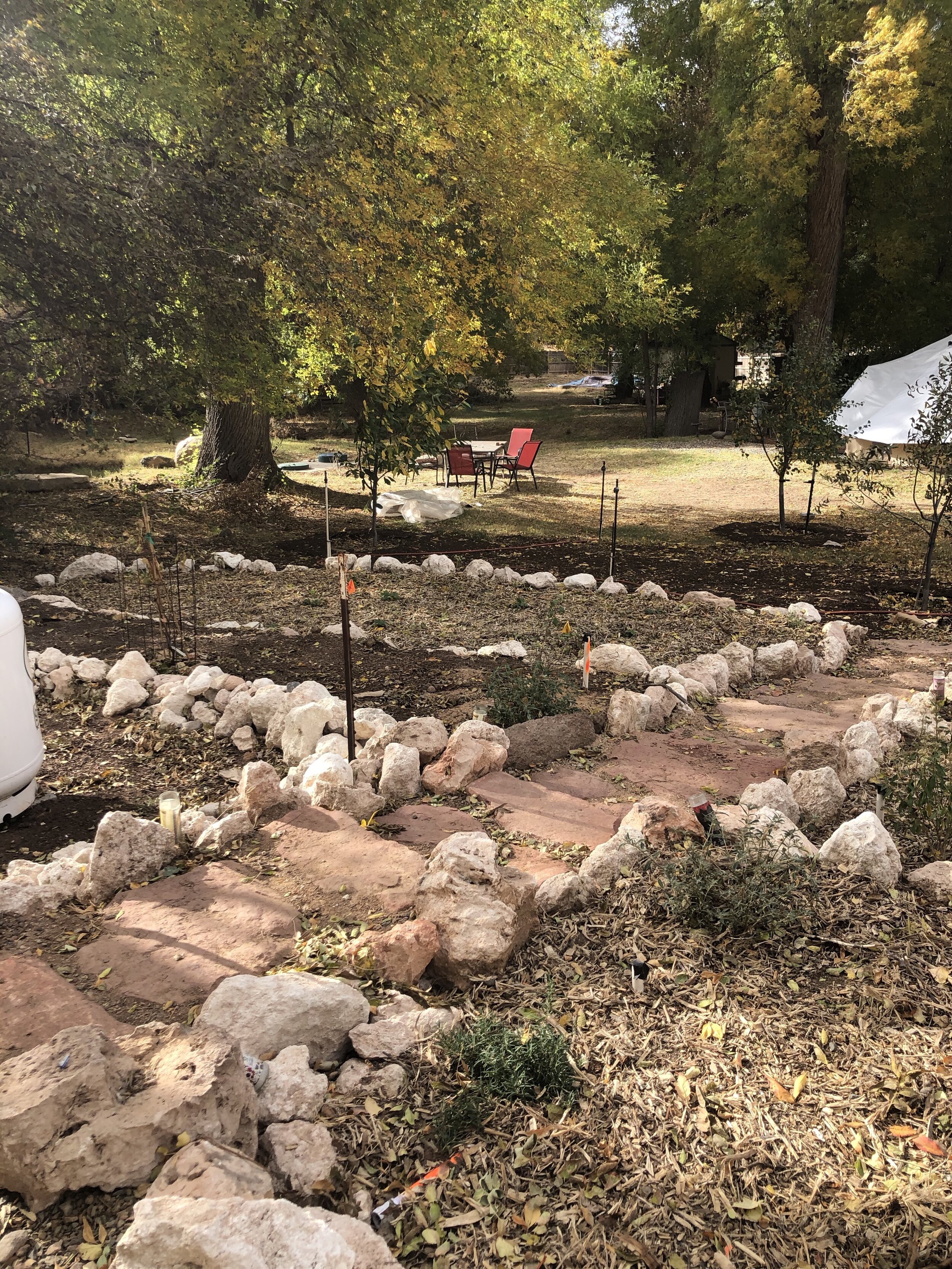
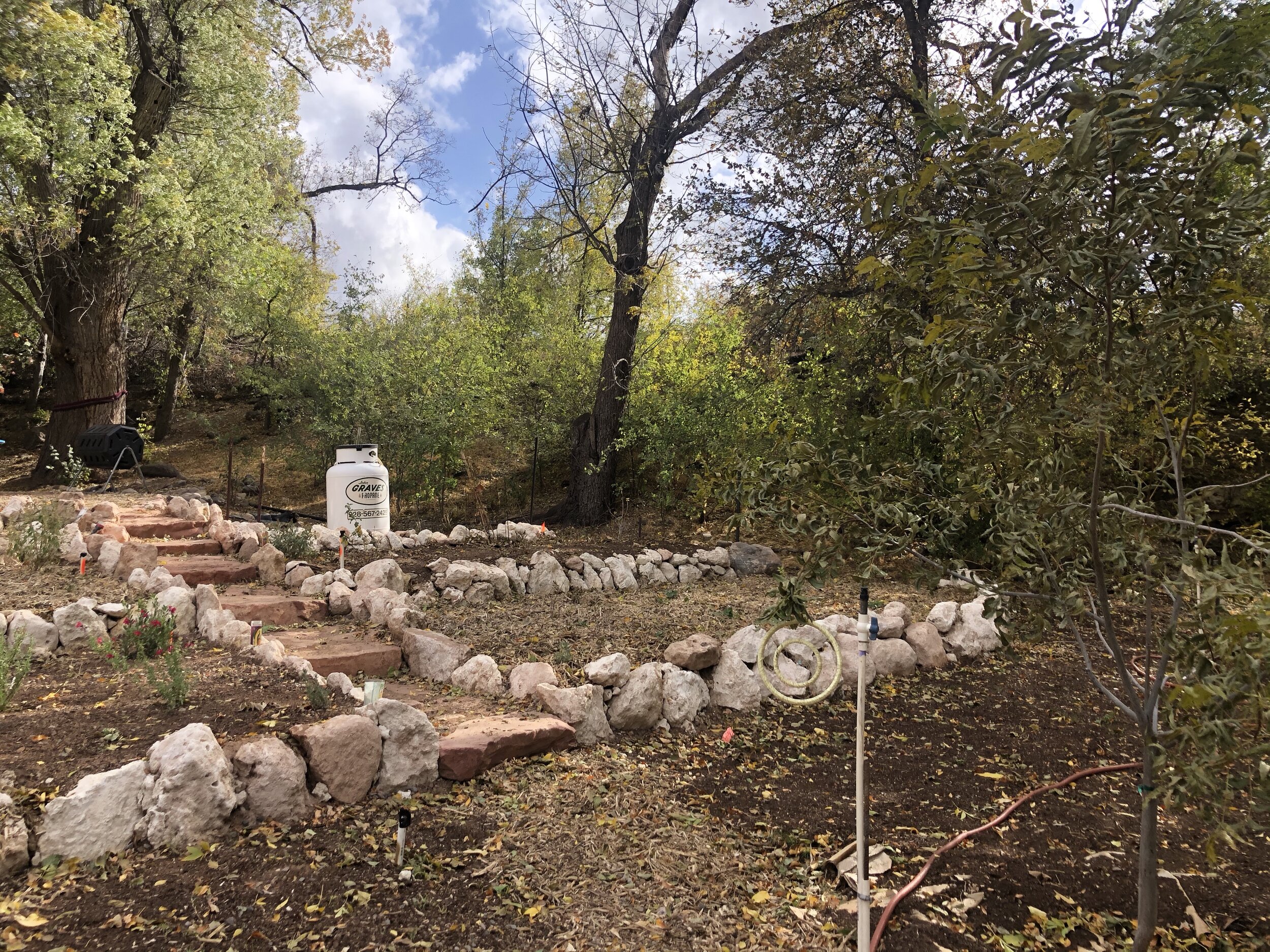
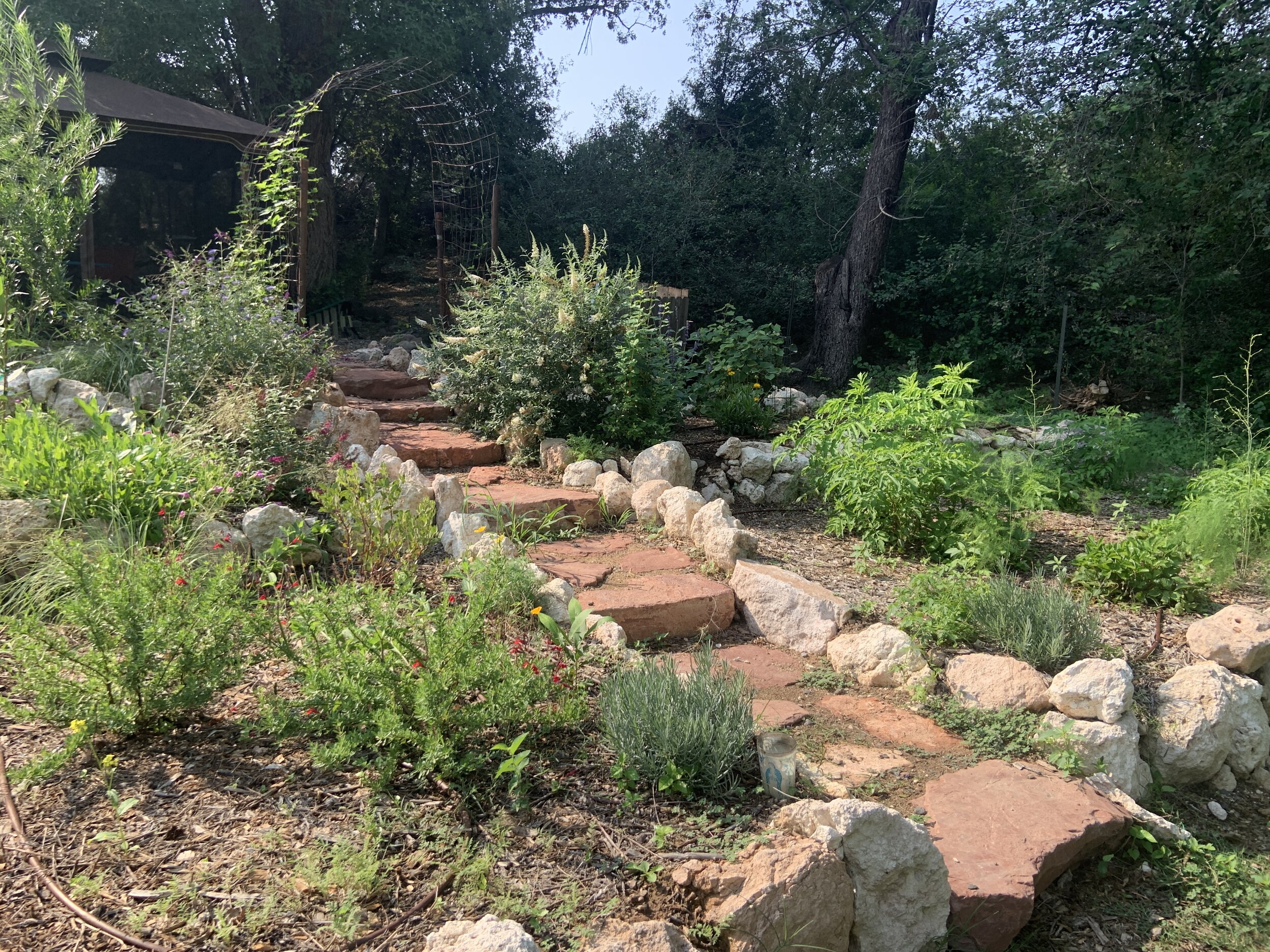

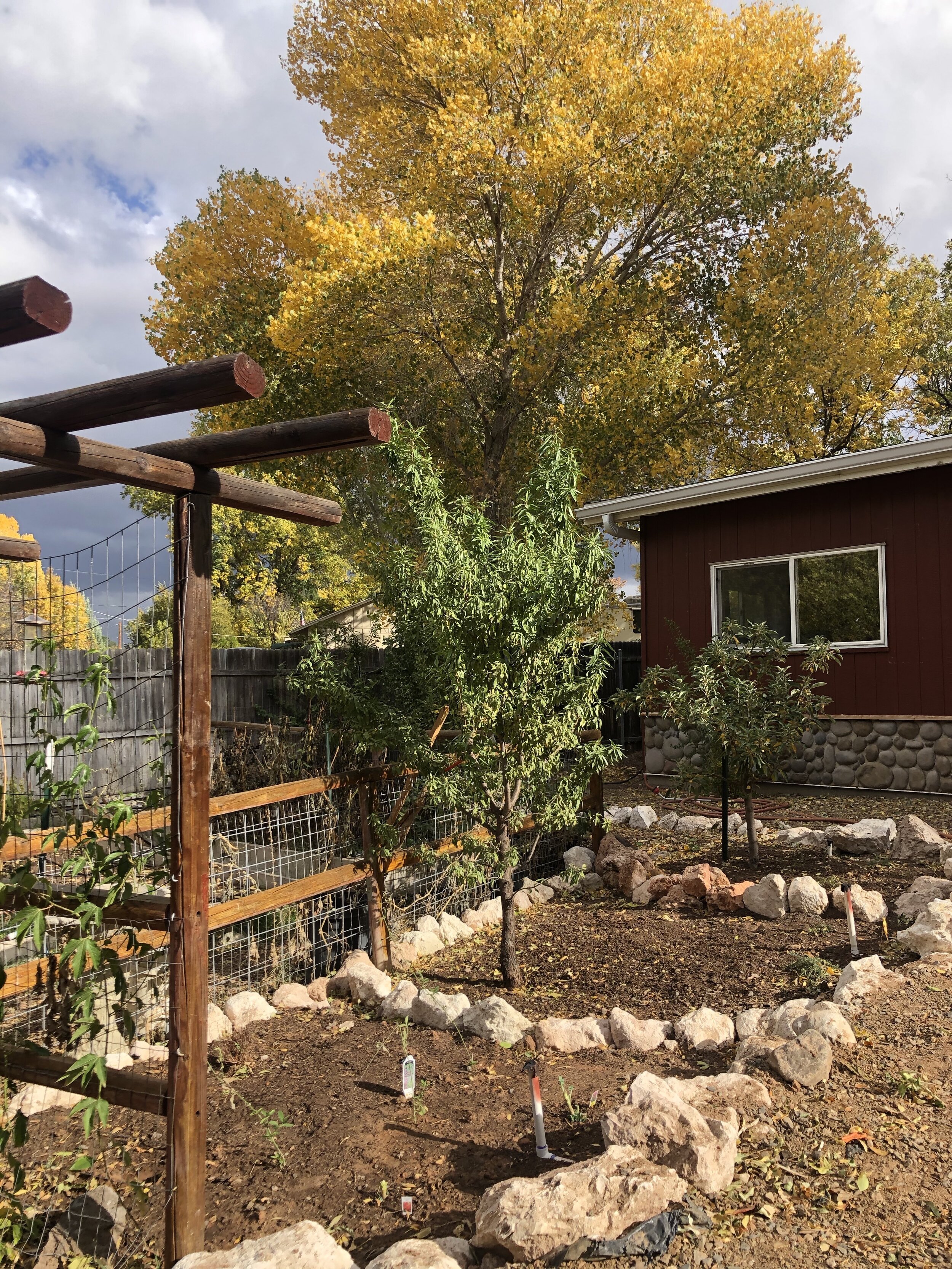
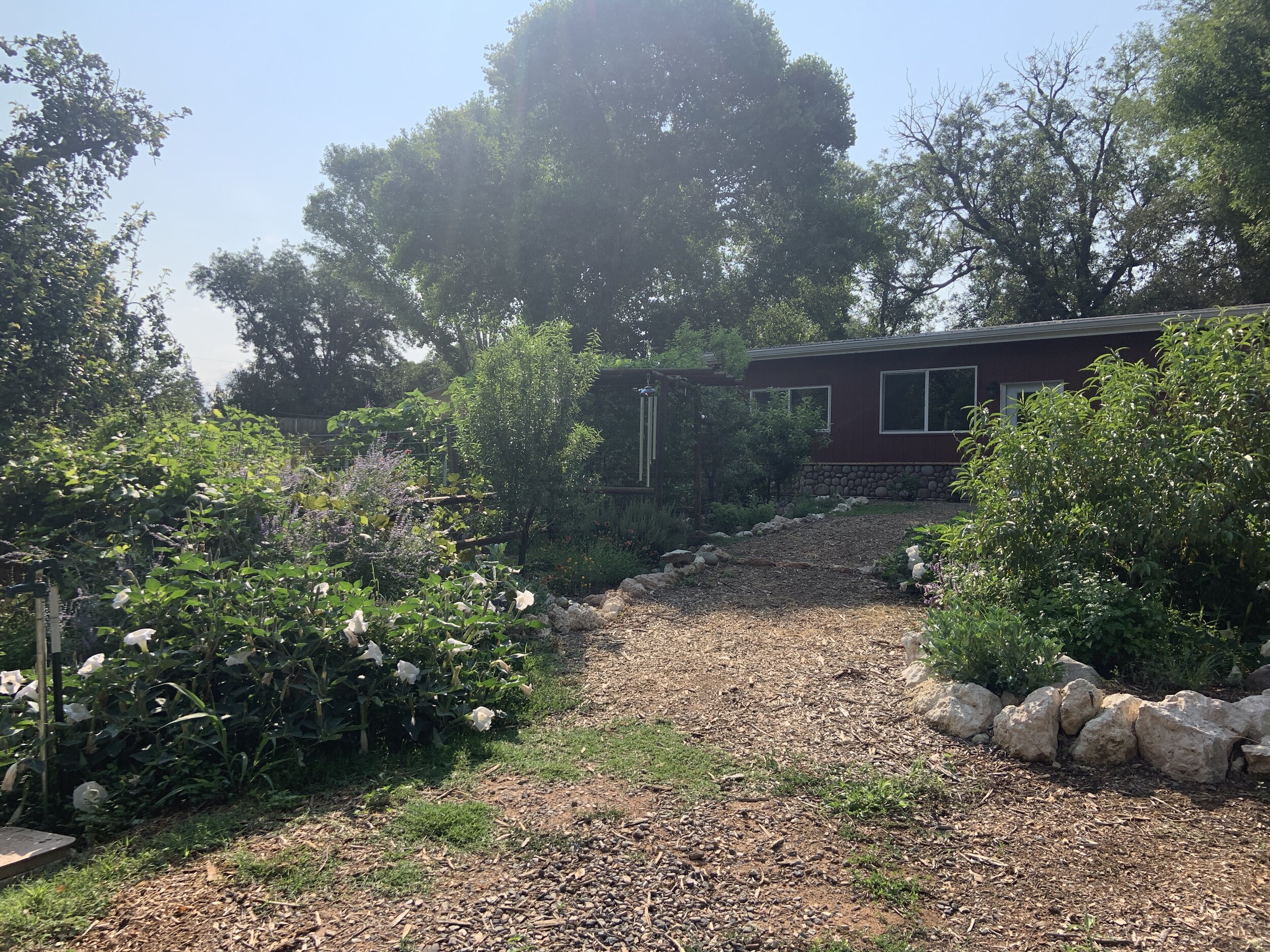
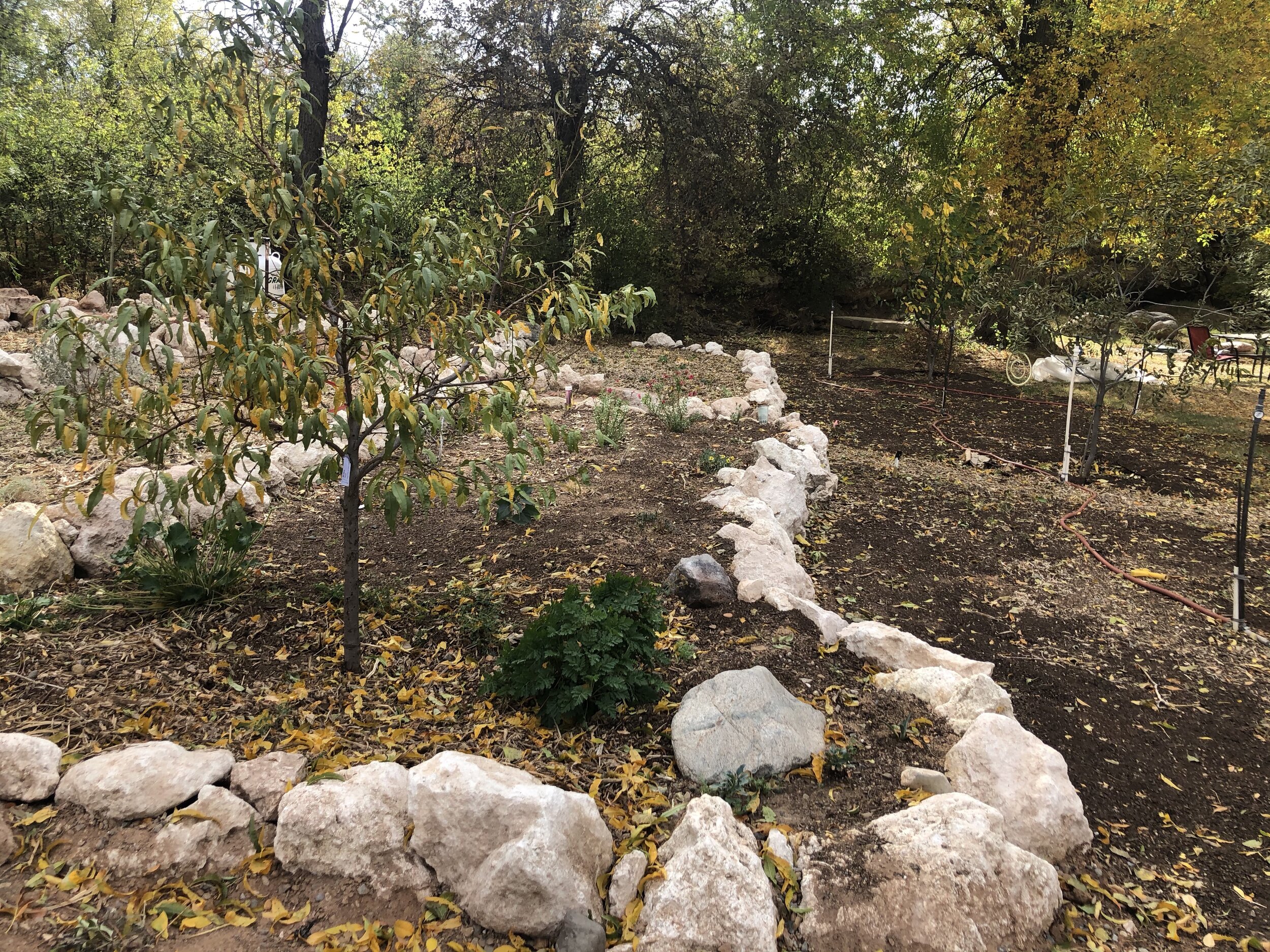
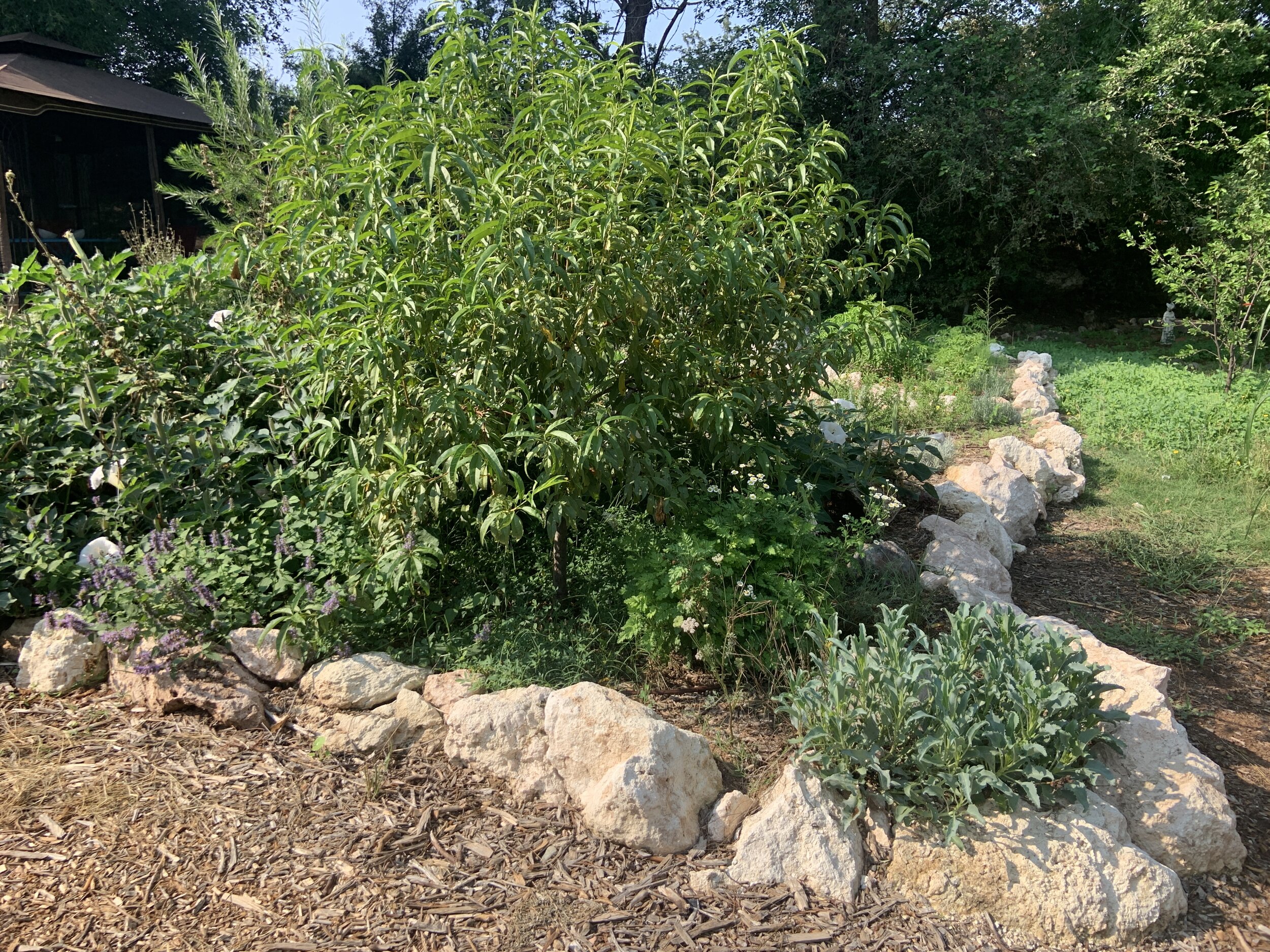
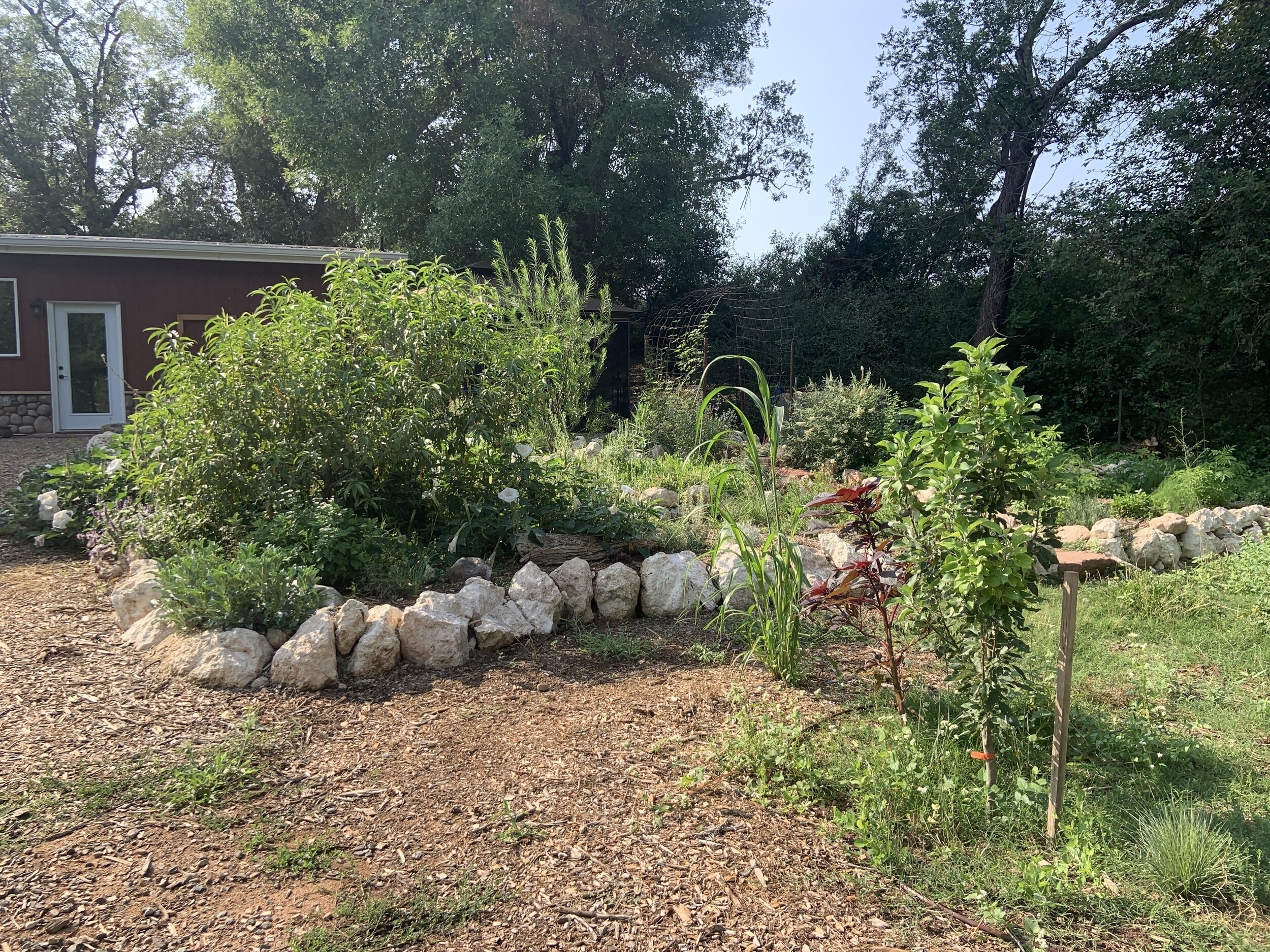

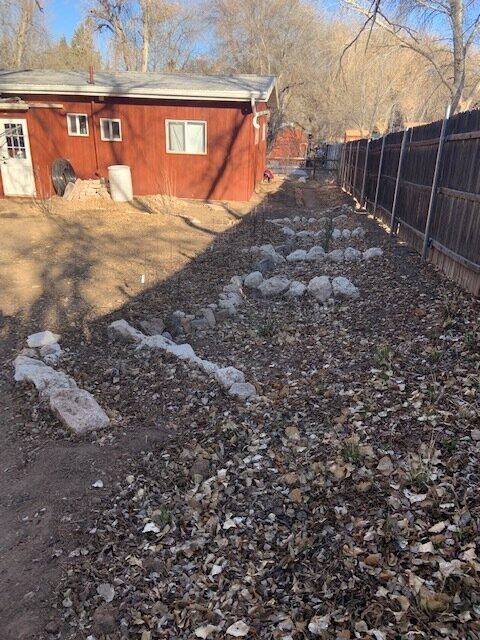
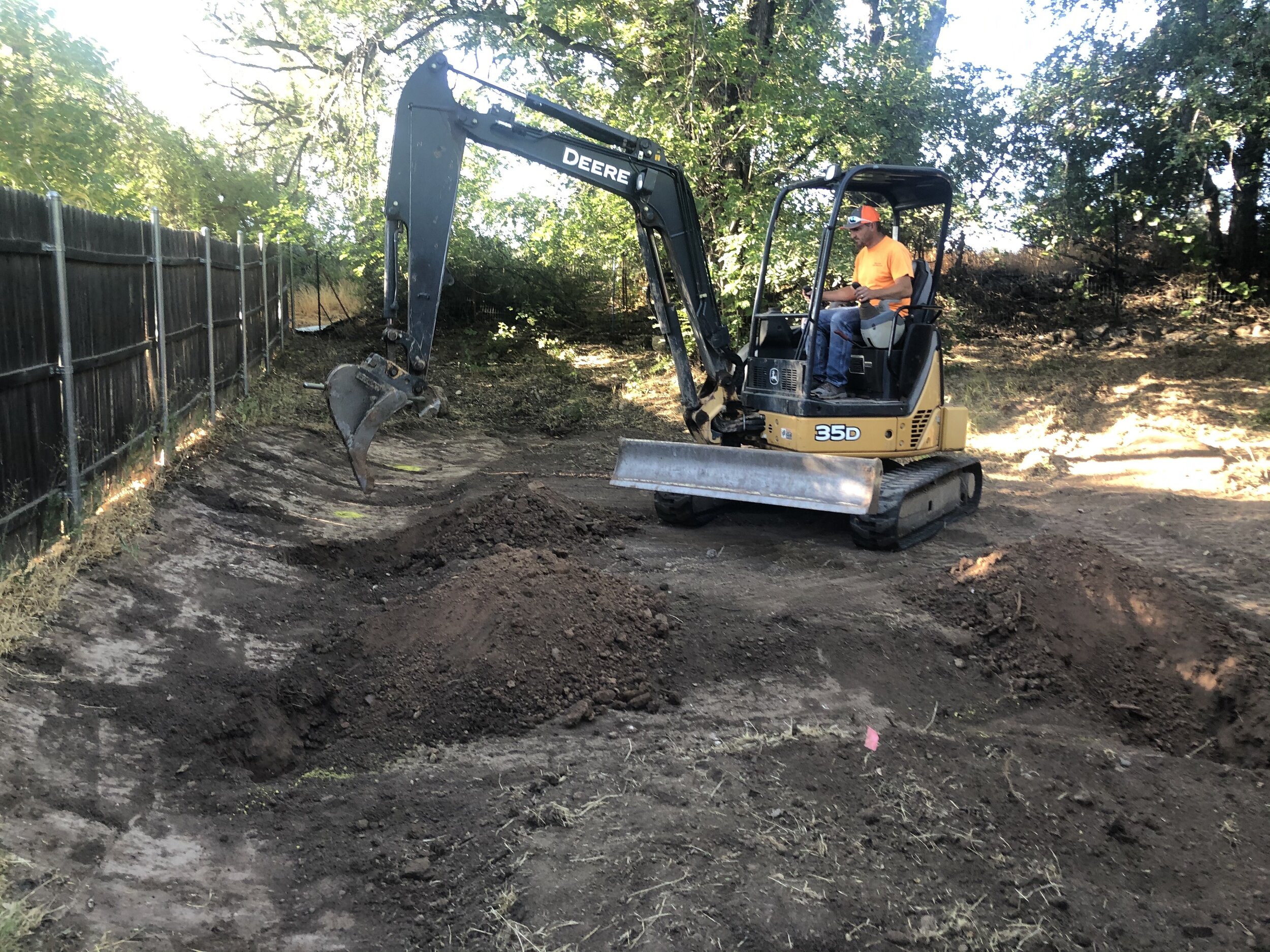
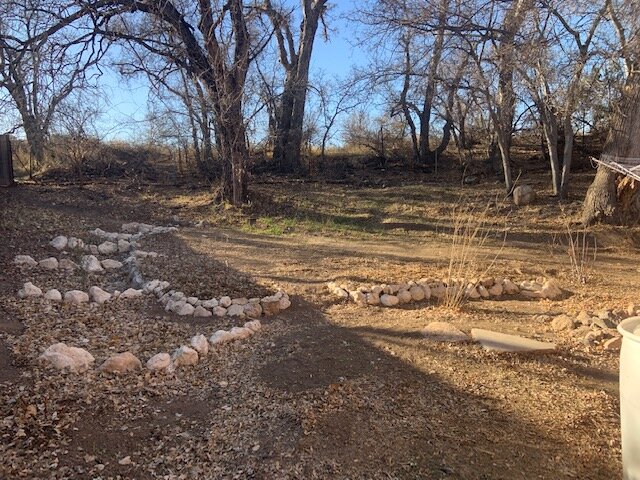
Monarch butterflies are listed as endangered species. Each fall they travel from their summer breeding grounds to overwintering locations. East of the Rocky Mountains, monarchs travel up to an astonishing 3,000 miles to central Mexico, whereas the shorter migration west of the Rockies is to the California coast. Flower nectar fuels this harrowing migration! In fall of 2022, they visited our farm! Wanna guess their favorite flowers? Zinnias and tithonia (Mexican torch sunflower).
